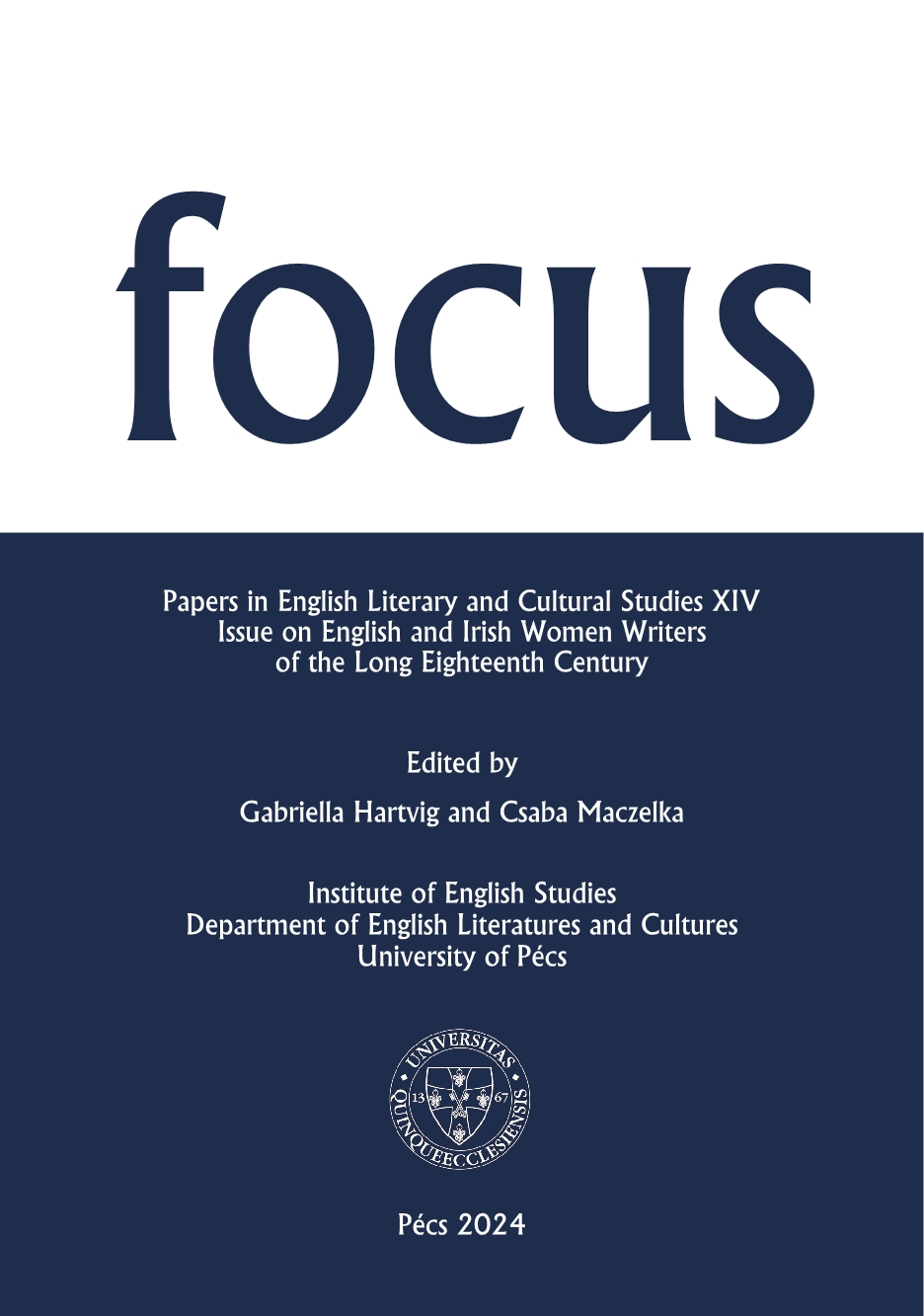Madame Brulart’s Bastille-bijoux: History and private lives in women’s writings around the French Revolution
DOI:
https://doi.org/10.15170/Focus.14.2024.4Abstract
My paper offers an interpretation of four novels by women writers (Charlotte Smith, Mary Robinson, Helen Craik) written either during or very shortly after the French revolution. Its aims are briefly the following. 1) To challenge the traditional narrative (associated with Georg Lukács’s seminal study) according to which the historical novel as a genre was created by Walter Scott and responded originally to the shock of the Napoleonic wars. 2) To present a framework in which the pre-historicist (pre-Hegelian) understanding and narrating of history can be understood. This is the classical, rhetorical, exemplary view of history, most readily associated by the eighteenth-century authors with the name of Plutarch. 3) To offer an explanation of the prominence of women authors in the early history of the historical novel. My paper attempts that by emphasising the continuity between the personal and the political that the Plutarchan tradition enabled. Anecdotal, familial, even sentimental elements of such narratives take nothing away from the historical significance of the actors concerned. Women, for whom the initial promise of the transformation in France included the promise of opening up the rigid boundaries separating masculine public world from feminine domesticity used their accounts of the revolution to reinvestigate and reaffirm the continuities between those words.
Downloads
Published
How to Cite
Issue
Section
License
Copyright (c) 2024 Bálint Gárdos

This work is licensed under a Creative Commons Attribution-NonCommercial-NoDerivatives 4.0 International License.
FOCUS: Papers in English Literary and Cultural Studies follows the principles laid down by Creative Commons, which provides guarantees for the Author’s copyright while also ensuring that intellectual properties are made available for the wider public in a digital form. All papers submitted to the journal apply the following licence conditions (indicated on the journal’s website as well as in individual publications):
“© This work is licensed under a Creative Commons Attribution-NonCommercial-NoDerivatives 4.0 International License.”
You are free to:
- Share, copy and redistribute the material included in the journal in any medium or format under the following terms:
- Attribution — You must give appropriate credit to the Author, and indicate the original place of publication [FOCUS: Papers in English Literary and Cultural Studies, Issue nr., page numbers.].
- NonCommercial — You may not use the material for commercial purposes.
- NoDerivatives — You are not allowed to remix, transform, or build upon the material.
- The above conditions must always be indicated if the journal material is distributed in any form.
- The above conditions must always be met, unless a written permission signed by the Author and the Editor-in-Chief states otherwise.

